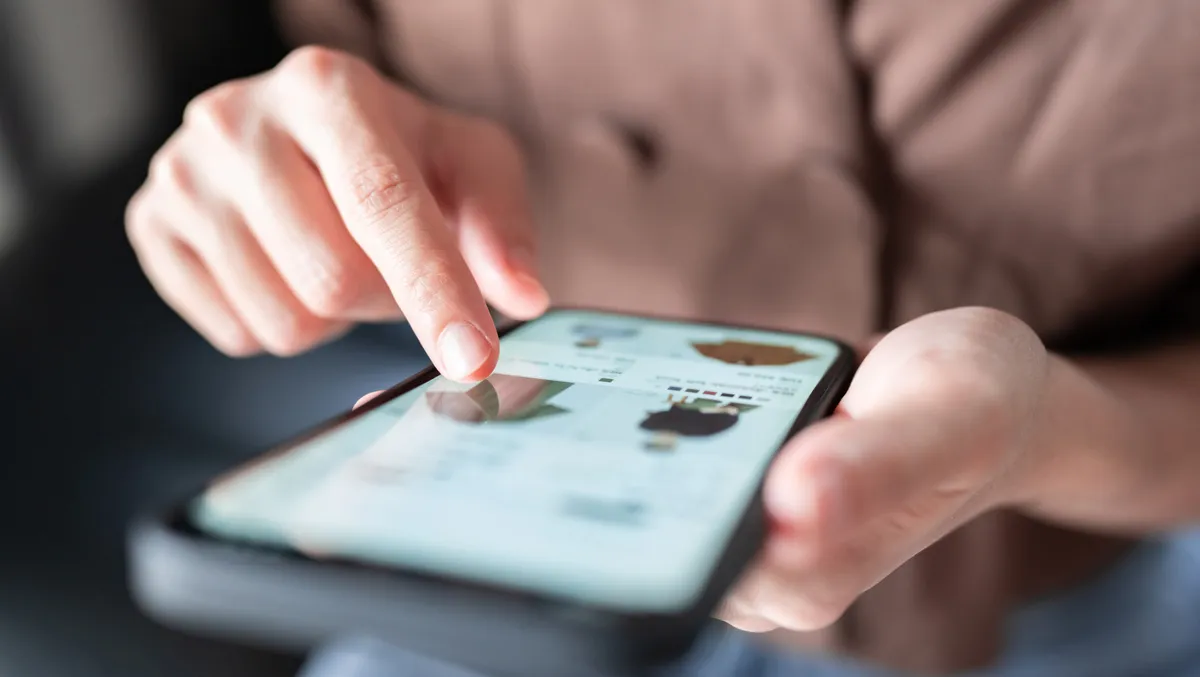
30 years of texting: from ‘Merry Christmas’ to hybrid experiences in-store and online
"Merry Christmas" was the first text sent 30 years ago, but brands today are more innovative in text communication. As Australian shoppers spend more time and money online, digital interactions drive purchases. Over six million households made an online purchase in November, according to Australia Post, making it the biggest month in Australian online shopping history.
Shopping habits have changed since the beginning of the pandemic; the biggest trend of all is the rise of hybrid shopping. Research shows that 60% more Australians will shop on their mobile this Christmas period, and 30% fewer Australians will shop in-store compared to 2021.
Customers now have access to more channels and devices than ever before. Whether for marketing, support, or sales, they increasingly want conversational experiences with a business or brand on their preferred channel. New research into 2022 messaging trends from Infobip reveals a 68% increase in interactions across all digital channels. And around 99% of customer support and chatbot interactions are now conducted on WhatsApp.
However, organisations may struggle to keep up with such preferences and provide the experience customers have come to expect without the right omnichannel communications in place.
However, while newer channels are gaining momentum, the data shows the continued growth of more traditional channels, such as SMS and email. Interactions on these channels increased by 75% and 91%, respectively, with Infobip seeing emerging uses around timely alerts and security solutions such as two-factor authentication.
The growth in chat apps has given rise to newer use cases such as conversational commerce, where messaging and eCommerce meet to enable better customer experiences and superior results for businesses.
The benefit of chat apps aren't limited to eCommerce as these apps can also elevate the physical shopping experience, allowing customers to shop and ask questions in-store and online at the same time.
What does that mean for your brand? You'll need an effective omnichannel strategy to deliver a complete hybrid experience, meeting your customers where they are through seamless physical-digital interaction and connection.
Digital complements the physical experience
The reality is people like going shopping and being able to touch, see and feel the goods they're interested in. In a hybrid environment, the twist is they've already done the research at home, compared prices and found the best deal. Shopping is more than a monetary exchange. It's about the experience.
A 2022 report by Deloitte, Consumer Preferences Embrace a Mix of Physical and Digital, found that one-third of consumers often shop in-store and online during the same purchase occasion. 60% of the same shoppers also indicated their in-store buys were built upon online research. Interestingly, two-thirds of shoppers use a digital device or touchpoint while in a retail store; they're actively blending the physical and digital experience, and brands need to do the same.
"Historically, retailers have focused on selling," writes Deloitte, "however, as consumers become more engaged throughout their shopping journeys, retailers must focus on the holistic shopping experience or risk falling behind."
The key takeaway? Brands need to be where their customers are, whether in a brick-and-mortar store or online on various platforms, and they need to be ready to offer an integrated experience with flawless communication.
Navigating hybrid shopping this silly season with an omnichannel solution
Whether your customers are in-store or online this Christmas, communication is the foundation for offering a great experience. Using an omnichannel communication platform, you can blend your customer communications into one. If a customer messages you on WhatsApp one day, Facebook Messenger the next, and SMS the day after, having omnichannel capability means you can view these messages as a single channel of communication with one customer.
This complements the hybrid shopping experience by ensuring consistent and personalised communication with every customer, creating a connected customer journey. On top of this, brands can employ an AI chatbot to automate messages; intelligent bots provide customers with instant answers to frequently asked questions over the customers' desired channel.
Picture this: a person walks into a clothing store after researching the perfect dress to buy their significant other, only to find the item they carefully chose while researching at home looks smaller than they imagined after seeing it online. The staff are busy, and the person wants a speedy answer. They pull out their phone and send a quick SMS to the store to ask for clarification on sizing and the store's refund policy. The AI chatbot responds instantly with the relevant information and offers to direct their query to a human agent if needed to resolve the problem. The person confidently takes their chosen size to the checkout. Upon leaving the store, they receive a text follow-up checking on their experience.
It's a simple scenario; however, it showcases the power of a true hybrid experience that benefits both the customer and the business. This Christmas, scenarios like this aren't out of the ordinary; they're expected. And next Christmas, we'll see that trend continue. If there's ever a time for brands to embrace and capitalise on new shopping trends: it's at Christmas.
Hybrid shopping is here to stay
Christmas may be only a few sleeps away, but hybrid shopping is here now and is here to stay, so make it a New Year's resolution to offer customers the best hybrid experience in 2023.

